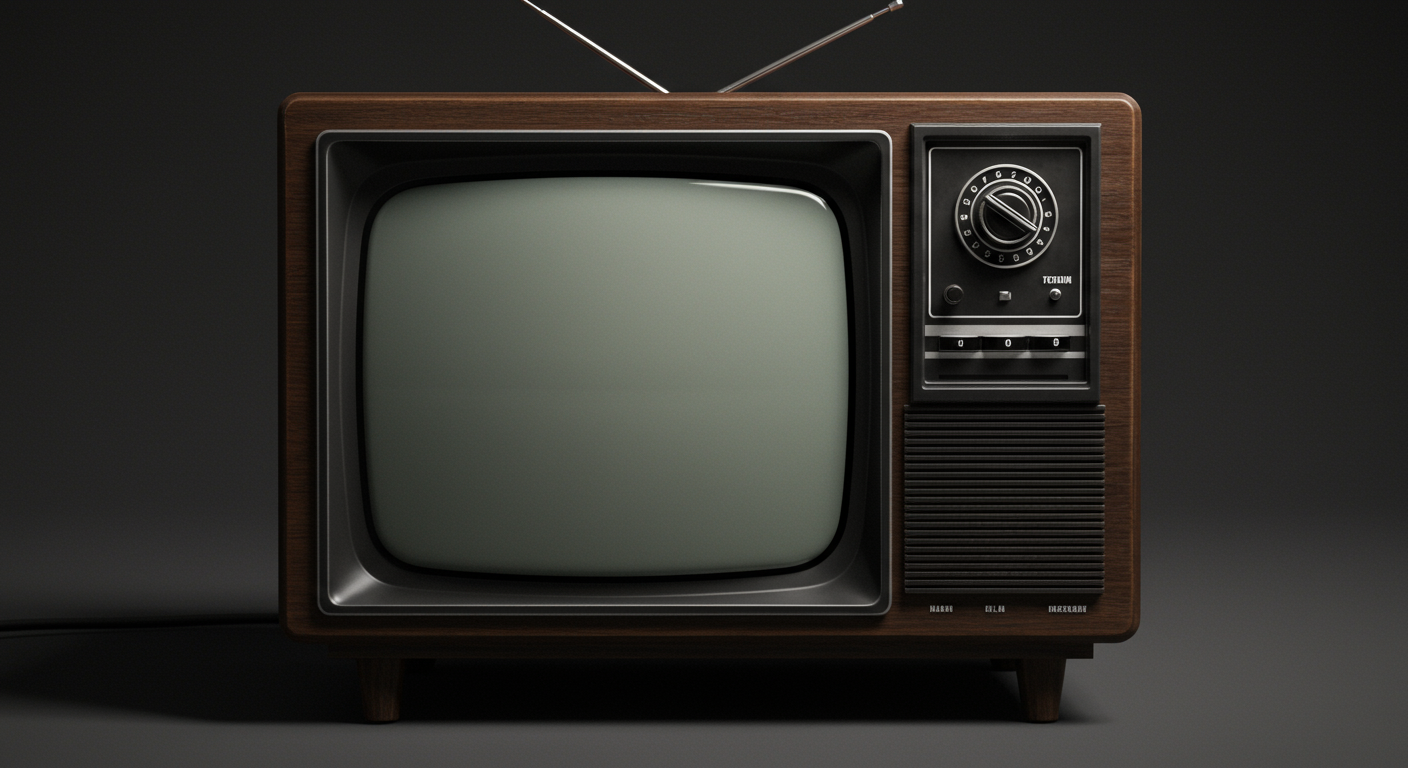Now Reading: The Evolution of TV: From Cathode Rays to Streaming Supremacy
- 01
The Evolution of TV: From Cathode Rays to Streaming Supremacy
The Evolution of TV: From Cathode Rays to Streaming Supremacy

The Dawn of Television: A Technological Marvel
Television’s story begins in the late 19th and early 20th centuries with groundbreaking discoveries in physics and engineering. Scientists like Paul Nipkow and Karl Ferdinand Braun laid the groundwork with their inventions, including the scanning disk and the cathode ray tube (CRT).
These early technologies were crude by today’s standards, but they paved the way for the first experimental broadcasts in the 1920s. John Logie Baird in Britain and Philo Farnsworth in the United States are often credited as pioneers in developing functional television systems.
Baird’s electromechanical system used a spinning disk to scan images, while Farnsworth’s all-electronic system, utilizing the image dissector tube, proved to be a superior and ultimately more viable technology.
The 1930s saw significant advancements, with the introduction of electronic scanning and the establishment of regular broadcast schedules. However, the outbreak of World War II temporarily halted further development as resources were diverted to the war effort.
The Golden Age: TV Becomes a Cultural Force
Following World War II, television experienced a period of explosive growth, often referred to as the ‘Golden Age’.
Families flocked to purchase their first TV sets, and the medium quickly became a central part of American and global culture. Network television emerged, with major players like NBC, CBS, and ABC dominating the airwaves.
Iconic shows like ‘I Love Lucy’, ‘The Twilight Zone’, and ‘The Ed Sullivan Show’ captivated audiences and shaped popular tastes. Live broadcasting was common, adding a sense of immediacy and excitement to the viewing experience.
Early television programming was heavily influenced by radio, with many popular radio shows transitioning to the small screen. However, television soon developed its own unique style and formats, creating a distinct visual language that would define the medium for decades to come.
The introduction of color television in the 1950s and 1960s further enhanced the viewing experience and solidified television’s position as the dominant form of entertainment.
Cable, Satellites, and the Rise of Specialization
The latter half of the 20th century brought about significant changes in the television landscape.
Cable television emerged as a competitor to traditional broadcast networks, offering viewers a wider range of channels and specialized programming. HBO, ESPN, and MTV were among the early cable networks that gained popularity by catering to specific interests and demographics.
Satellite television further expanded the reach of television broadcasting, allowing viewers in remote areas to access a greater variety of channels. The introduction of the VCR (Video Cassette Recorder) revolutionized home entertainment, enabling viewers to record and watch their favorite shows at their convenience.
This marked the beginning of on-demand viewing, a trend that would continue to shape the television industry in the years to come. As technology advanced, the quality of television picture and sound improved, with the introduction of stereo sound and high-definition television (HDTV).
No products found.
The Digital Revolution: Streaming and On-Demand Domination
The dawn of the 21st century ushered in the digital revolution, transforming television from a passive viewing experience to an interactive and on-demand one.
The internet became a powerful platform for content distribution, leading to the rise of streaming services like Netflix, Hulu, and Amazon Prime Video. These services offered viewers a vast library of movies and TV shows, available to watch anytime, anywhere, on a variety of devices.
The traditional broadcast networks faced increasing competition from streaming services, leading them to develop their own online platforms and adapt to the changing viewing habits of consumers. Smart TVs, connected to the internet, became increasingly popular, providing seamless access to streaming services and other online content.
The shift to digital also enabled the development of interactive television features, such as video-on-demand, personalized recommendations, and social media integration. The rise of streaming has fundamentally changed the way people consume television, giving viewers more control over their viewing experience than ever before.
The Future of TV: Immersive Experiences and Personalized Content
The future of television promises even more immersive and personalized viewing experiences.
Technologies like virtual reality (VR) and augmented reality (AR) are poised to transform the way we interact with television content, creating more engaging and interactive experiences.
Artificial intelligence (AI) is playing an increasingly important role in personalizing content recommendations and improving the overall viewing experience. The rise of 5G mobile technology will enable faster and more reliable streaming, further enhancing the accessibility of television content on mobile devices.
As the lines between television, gaming, and social media continue to blur, we can expect to see even more integrated and interactive entertainment experiences. The future of television is likely to be characterized by greater personalization, immersion, and interactivity, as technology continues to evolve and shape the way we consume entertainment.
No products found.















